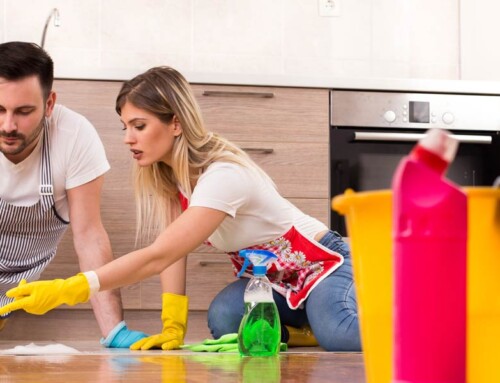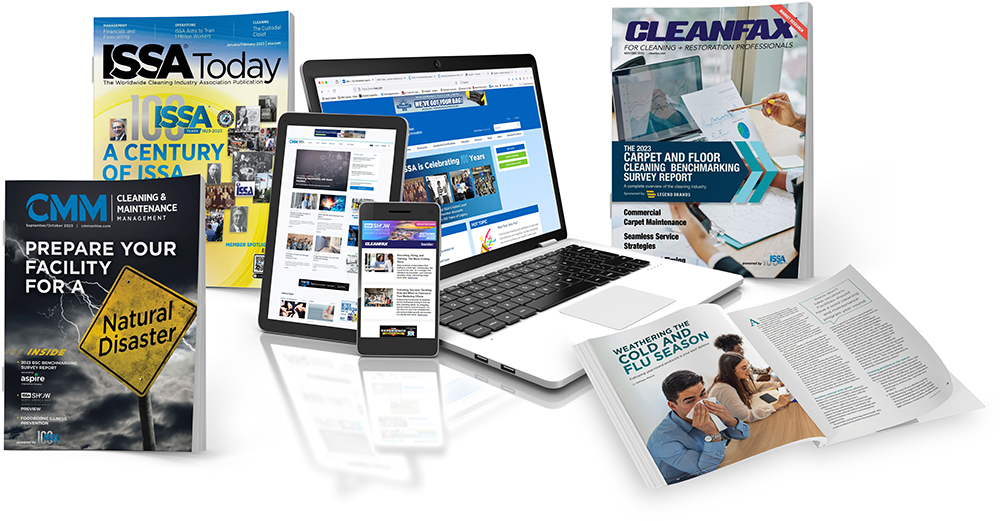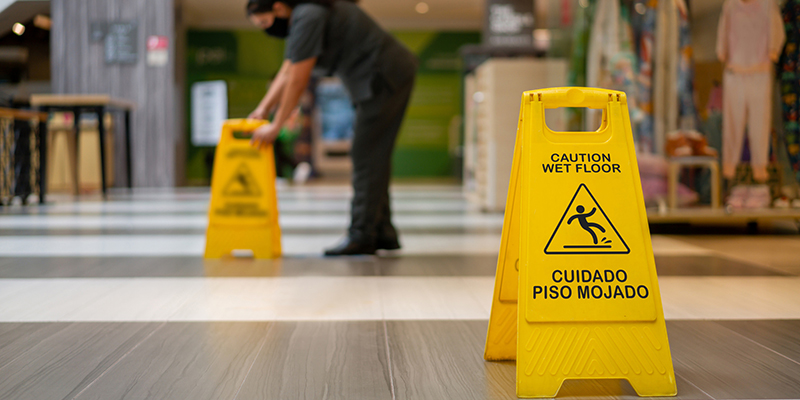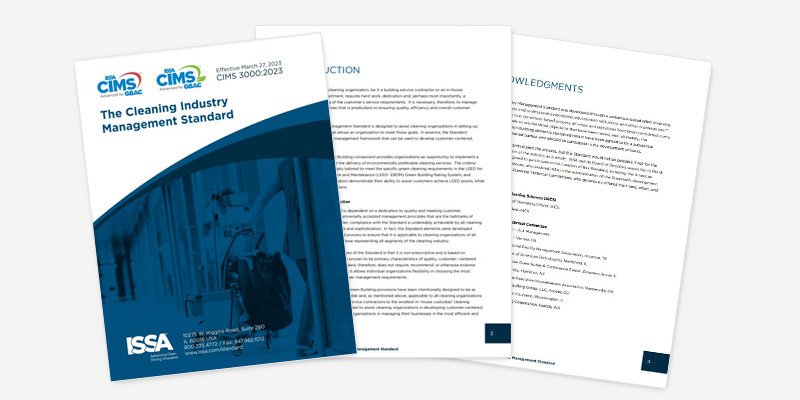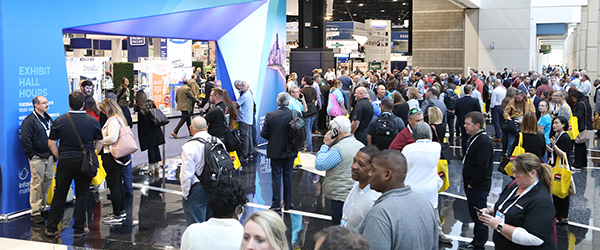Beyond Handwashing
Sanitizing simply reduces the presence and growth of disease-causing microbes, rather than killing them. It is better than cleaning alone, especially in food preparation and consumption areas, but only reduces bacteria and does nothing to destroy viruses and fungi.
To kill bacteria, viruses, and fungi, disinfection must be done on a regular basis. With proper disinfection, resulting in the killing of pathogens, the spread of office illness can be reduced or stopped altogether.
Handwashing is a great start in the effort to control the transmission of microbes in the workplace environment. Workers should be encouraged to thoroughly wash their hands with warm water and soap for at least 15 seconds following every restroom visit, prior to preparing food, and after contact with the public. Hands should be completely dried. This will help to reduce the spread of disease from person to person and from high-touch surfaces, but you need disinfection to take it to the next level.
When bacteria strikes
Microbes land on high-touch surfaces where they can linger for days or months, waiting to infect the next person to touch that area. Bacteria and viruses are opportunistic, seeking a way into their host. Once they have that way in, colonization begins, and the host becomes ill. In the workplace, this reduces productivity and employee morale. Especially during cold and flu season, illness can spread like wildfire in the work environment.
In those who have compromised immune systems, those same pathogens can quickly become dangerous or deadly. Perhaps the microbe has become resistant, a risk even to those with healthy immune systems. This is one of the many reasons that desks, countertops, and other work surfaces should be thoroughly disinfected on a regular basis. More than just keeping surfaces clean and free of infectious microbes, disinfection can literally save lives.
For this reason, it is increasingly important that work stations be wiped down regularly with a proper solution to eliminate contagions. Prepackaged wipes may be used if the label states that they kill bacteria, viruses, and fungi. Apply the solution liberally to all countertops, tables, and surfaces, paying special attention to the most-used surfaces. Keyboards can be cleaned with a prepackaged wipe or with a cotton swab dipped in a bleach solution to ensure all crevices are disinfected. Telephone handsets, earphones, and earbuds should also get special attention, as they touch the skin of the user and can cause infections.
Technology hurts
Another source of infectious microbes that deserves special attention includes the devices that have become so popular in the modern technological era. In fact, they are said to harbor as many as 25,000 germs per square inch. Our cell phones go everywhere with us and pick up contaminants along the way. Tablets and smartphones now populate conference room tables in meetings and networking events. One sneeze can turn your technology into a carrier for disease. By their very nature these devices require users to touch them, thereby transmitting microbes to the user.
To disinfect technology, such as smart devices, screen-cleaning wipes with isopropyl alcohol should be used to clean screens and other surfaces thoroughly and regularly. This is especially important when they have been exposed to people who exhibit signs of illness, such as coughing, sneezing, or congestion. People touch their faces as much as 600 times daily, on average. Imagine the microbes they could be picked up from a smartphone that hasn’t been disinfected.
Breakroom woes
The dreaded breakroom can be another source of contagion, especially foodborne pathogens. With so many people using the same food preparation and storage equipment, and the overall lack of routine cleaning of the space, the breakroom is rife with microbes. Takeout leftovers left in the refrigerator to become office experiments, improperly cooked foods, and uncleaned spills, all contribute to the need for breakrooms to be disinfected on a regular schedule.
Workers should be encouraged to eat in the breakroom, because people who eat at their desks are exposed to three times the bacteria of those who do not. The breakroom space should be disinfected frequently to ensure that it remains a safe place for workers to congregate and enjoy downtime.
The communal refrigerator should be emptied and thoroughly wiped down with a disinfecting solution each week. Any items past their expiration date and takeout meals should be disposed of and the trash removed. The microwave should also be wiped down to remove any spills and splatters, and the carousel plate should be washed in hot soapy water. Any other appliances, such as coffeemakers and toasters, should also be wiped down.
Because workers congregate around the breakroom table, it is very important that its surface be disinfected several times a week as well. Identify any surfaces where people are likely to be touching with exposed skin. For instance, if the chairs have arms, those should be disinfected as well.
Time well spent
In the beginning, it may seem like a lot of extra work as neglected spaces are disinfected properly. Over time, as things settle into a routine process of disinfection, they will take less time and become part of the workplace processes. In fact, other workers will be more likely to pitch in as they enjoy the new clean and safe work environment.
The numbers
The National Institute for Occupational Safety and Health reports that up to 17 million workdays are lost due to flu, leading to about US$7 billion per year in sick days and lost workplace productivity.
According to the Centers for Disease Control and Prevention, an average of 23,000 people are killed each year due to just the flu alone. Not only does proper workplace disinfection save productivity and money, it saves the lives of workers by providing them a safe and healthy environment in which to work and thrive.

